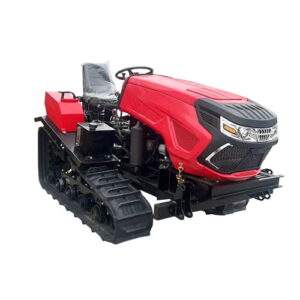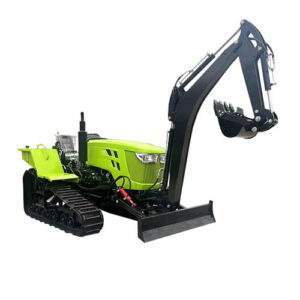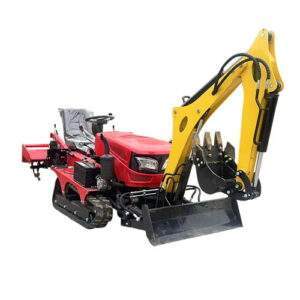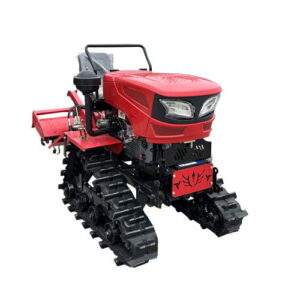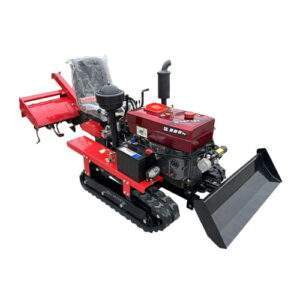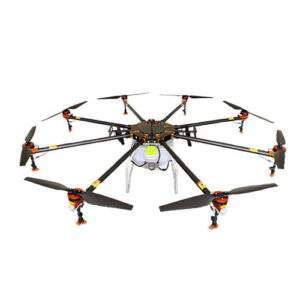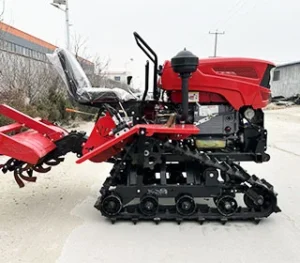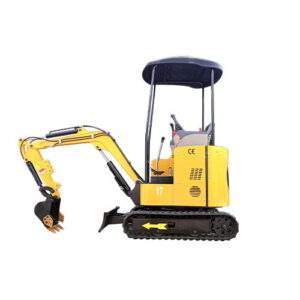The Role of Chinese Crawler Tractors in Modern Agriculture
Introduction
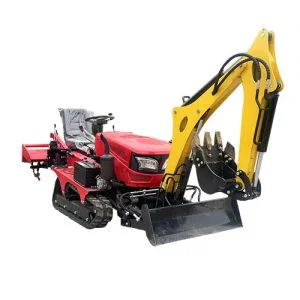
In the rapidly evolving landscape of modern agriculture, Chinese crawler tractors have emerged as indispensable assets, driving efficiency, productivity, and sustainability on farms worldwide. These robust machines, equipped with continuous tracks for enhanced maneuverability, play a crucial role in optimizing farm operations across diverse terrains and climatic conditions.
Understanding Chinese Crawler Tractors
What are Crawler Tractors?
Crawler tractors, commonly known as track tractors, are heavy-duty agricultural vehicles designed with continuous tracks instead of wheels. This distinctive feature allows them to distribute weight evenly over a larger surface area, minimizing soil compaction and enabling smooth navigation through challenging landscapes such as muddy fields or steep slopes.
Features of Chinese Crawler Tractors
Chinese crawler tractors are renowned for their durability, affordability, and versatility. Equipped with powerful engines and advanced hydraulic systems, these tractors excel in a wide range of agricultural tasks, including plowing, planting, seeding, and harvesting. Their adaptability to various implements and attachments further enhances their utility in modern farming practices.
Applications in Modern Agriculture
Enhancing Efficiency in Field Operations
Chinese crawler tractors significantly enhance operational efficiency by reducing the time and labor required for essential farming tasks. Their ability to operate in adverse weather conditions ensures continuous farm operations, leading to improved crop yields and overall productivity.
Precision Agriculture and Technology Integration
The integration of GPS technology and precision farming techniques has revolutionized the capabilities of Chinese crawler tractors. By enabling precise seed placement, targeted fertilizer application, and accurate yield monitoring, these technologies optimize resource use and minimize environmental impact, supporting sustainable agricultural practices.
Applications of Chinese Crawler Tractors
| Application | Details |
|---|---|
| Plowing | Efficiently prepares fields for planting |
| Seeding | Accurately places seeds for optimal germination |
| Planting | Ensures precise spacing and depth for seedlings |
| Harrowing | Breaks up soil clumps and smooths the seedbed |
| Cultivation | Controls weeds and aerates soil between crop rows |
| Spraying | Applies pesticides and fertilizers evenly |
| Harvesting | Handles heavy loads during crop collection |
| Transport | Moves harvested crops and equipment between fields |
Economic and Environmental Benefits
Cost-Effectiveness
Chinese crawler tractors offer a cost-effective solution for farmers seeking high-performance machinery at a lower initial investment. Compared to their Western counterparts, these tractors provide comparable functionality with reduced upfront costs and maintenance expenses, making them particularly attractive to small and medium-sized farms.
Environmental Sustainability
The design of Chinese crawler tractors helps mitigate environmental impact through reduced soil compaction and efficient fuel consumption. By preserving soil structure and minimizing carbon emissions, these tractors support soil health and contribute to sustainable agricultural practices essential for long-term food security.
Case Studies and Success Stories
Case Study: Rice Farming in Southern China
In southern China, the adoption of Chinese crawler tractors equipped with advanced seeding technology has resulted in significant improvements in rice farming. Farmers reported higher yields and reduced labor costs, highlighting the operational efficiency and economic benefits of these machines in intensive crop cultivation.
Success Story: Wheat Harvest in Northern China
During the wheat harvest season in northern China, Chinese crawler tractors have facilitated timely and efficient crop management. Their ability to navigate through challenging terrain and handle heavy loads has enabled farmers to optimize harvesting schedules and maintain grain quality, ensuring profitability and sustainability in agricultural production.
Challenges and Solutions
Maintenance and Service Support
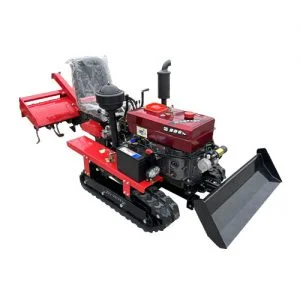
One challenge associated with Chinese crawler tractors is the availability of timely maintenance and service support, particularly in remote rural areas. However, manufacturers and dealerships are expanding their service networks and providing training programs to enhance technical support and minimize downtime for farmers.
Adaptation to Regional Conditions
To address diverse agricultural needs across different regions, ongoing research and development focus on enhancing the adaptability of Chinese crawler tractors. Innovations in track design, engine efficiency, and ergonomic features aim to optimize performance and reliability under varying soil and climate conditions, ensuring maximum utility and farmer satisfaction.
Conclusion
Chinese crawler tractors have cemented their role as indispensable tools in modern agriculture, offering efficiency, productivity, and sustainability benefits to farmers globally. As technological advancements continue to drive innovation in agricultural machinery, these versatile tractors are poised to play a pivotal role in meeting the challenges of feeding a growing global population while preserving natural resources and enhancing farm profitability.
FAQ
What makes Chinese crawler tractors suitable for diverse agricultural operations?
Chinese crawler tractors are designed to handle diverse terrain and climatic conditions with ease, thanks to their robust construction and advanced features. They offer superior traction, reduced soil compaction, and compatibility with various implements, making them ideal for a wide range of farming tasks from field preparation to harvesting.
How do Chinese crawler tractors contribute to sustainable agriculture?
By minimizing soil compaction and optimizing fuel efficiency, Chinese crawler tractors help maintain soil health and reduce environmental impact. Their efficient operation supports sustainable farming practices by maximizing productivity while conserving resources and minimizing carbon emissions.

